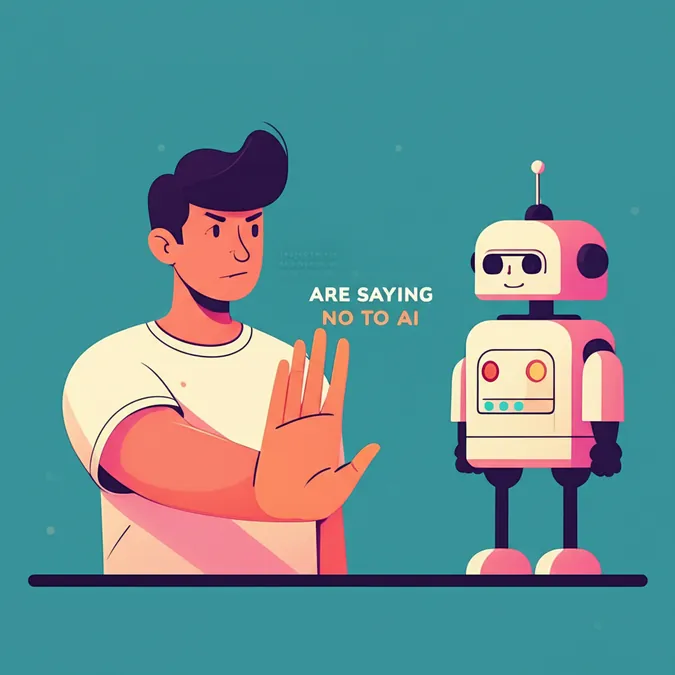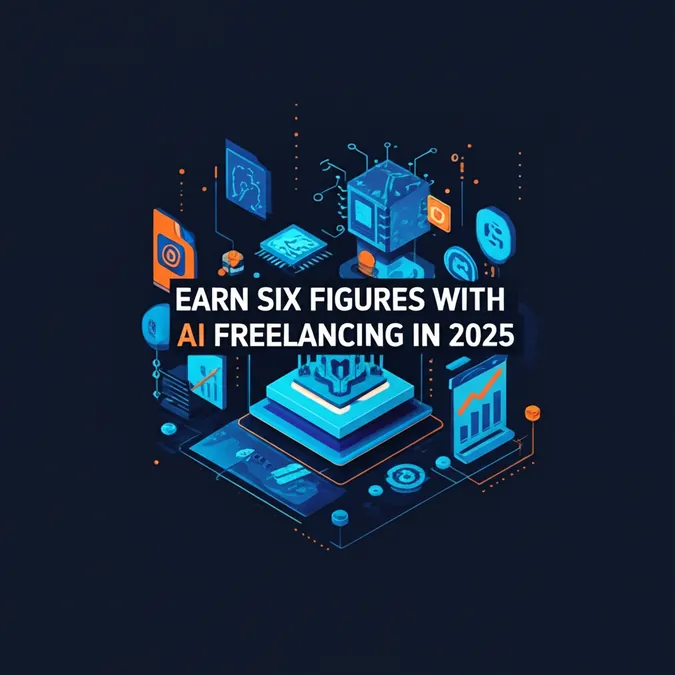AI in the Workplace Is a Performance Art
Current debates about artificial intelligence (AI) often frame automation as a simple substitution of human labor with machines. However, a new perspective reframes AI's role in the workplace as supplementary rather than substitutive, drawing on Erving Goffman's dramaturgical sociology.
Work as a Stage AI as a Prop
The core argument is that the true battleground for AI's influence is symbolic and interactional. Work is a performance, and employees are actors on a stage. In this context, AI tools like Large Language Models (LLMs) are not new actors but powerful props. They are used to help workers continuously stage, conceal, and re-negotiate what is perceived as "real" work and professional competence.
The Performance of Expertise
LLMs such as ChatGPT exemplify this dynamic perfectly. They are increasingly used to handle the invisible, routinized tasks that form the foundation of many cognitive occupations, such as editing, summarizing, and producing first drafts. This allows human workers to remain in the spotlight, focusing on the highly visible or relational aspects of their jobs that uphold occupational prestige. This "impression management" is a key strategy for professionals across various fields.
Managing Impressions in the AI Era
Individual workers, collaborative teams, and entire professional sectors are now tasked with managing how their expertise is perceived in an age of powerful AI assistance. They may use these tools to counter status threats, renegotiate fees for their services, or strategically obscure the extent to which AI contributed to their work. This paper itself, written with the assistance of frontier AI models, is a meta-performance of this very professional self-staging.
A Human-Centered View of Automation
This dramaturgical framework shows why utopian tales of effortless augmentation and dystopian narratives of total job displacement both fail to capture how automation is truly unfolding. By highlighting visibility, obfuscation, and impression management, it offers a more nuanced understanding of AI's impact on the performative structure of work. Ultimately, AI enters the workplace not as an independent force, but as a tool within an ongoing social performance whose scripts, stages, and audiences remain irreducibly human.
This analysis is based on an open-access article distributed under the Creative Commons Attribution License.


